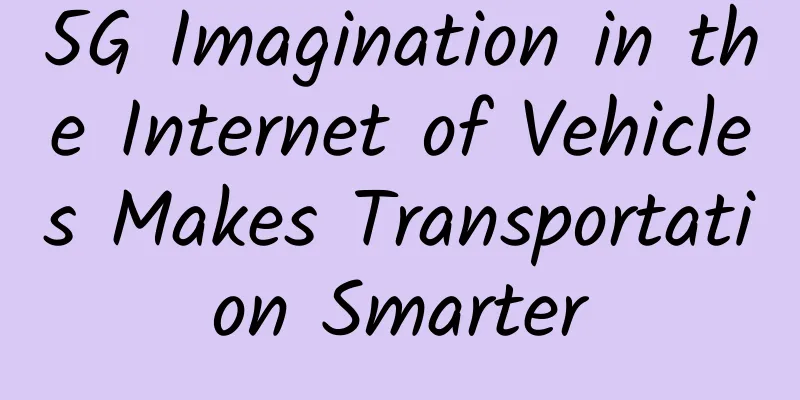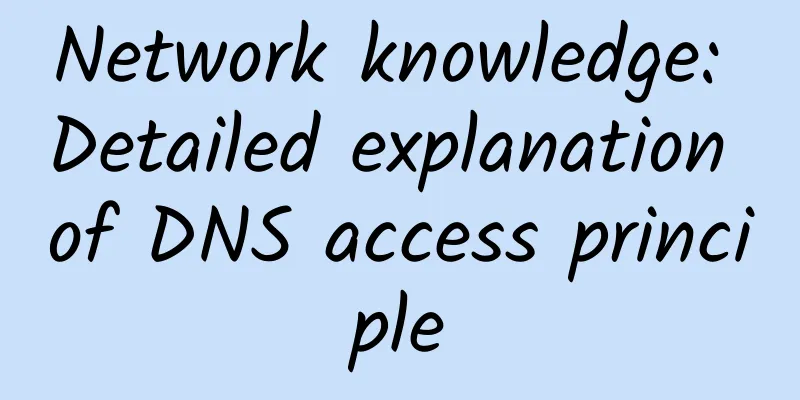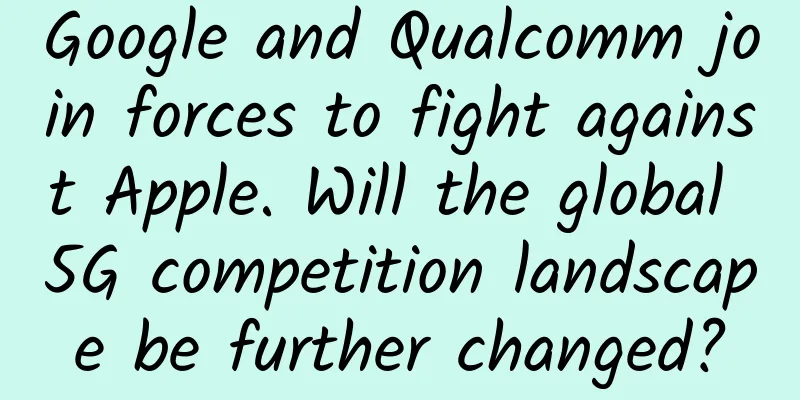5G Imagination in the Internet of Vehicles Makes Transportation Smarter

|
5G is one of the Internet of Things communication technologies, with three major characteristics: high speed, large capacity and low latency. Therefore, all imaginations based on 5G are inseparable from these three characteristics. There are many possibilities for 5G in the era of the Internet of Things. Smart healthcare, industrial Internet of Things, precision agriculture, etc. all have rich 5G applications. The editor believes that 5G applications in the Internet of Vehicles will be the most prominent one among them. Why do you say that? Because our lives are inseparable from transportation, traffic congestion is a global problem, and traffic safety is an important topic that the world pays attention to. Assuming that the Internet of Vehicles is fully utilized, both traffic congestion and traffic safety can be cured in the future. The concept of Internet of Vehicles originates from the Internet of Things, namely the Vehicle Internet of Things. It takes moving vehicles as information perception objects and uses the new generation of information and communication technology to realize the network connection between vehicles and X (i.e. vehicles and vehicles, people, roads, and service platforms), so as to achieve intelligent management of traffic, intelligent decision-making of traffic information services, and intelligent control of vehicles. In short, to achieve smart transportation and smart driving, it is necessary to first build a high-quality Internet of Vehicles. The Internet of Vehicles mainly refers to the "three-network integration", that is, the integration of the in-vehicle network, the inter-vehicle network and the in-vehicle mobile Internet. When cars and cars, cars and people, cars and roads, and cars and service platforms form a common network, it means that the chances of cars having powerful predictive and intelligent decision-making capabilities are greatly enhanced, which is crucial to solving traffic congestion and safety problems. At present, there are various demonstration projects of different sizes in various places, such as the first city-level vehicle-road cooperative platform in Wuxi, Jiangsu, namely the V2X-LTE demonstration project of the Internet of Vehicles. The information and communication technology selected for this project is LTE technology (a transition between 3G and 4G technology). LTE information and communication technology can well meet the application of Internet of Vehicles projects, but is there still room for imagination for 5G? We can understand it this way: 5G is the technological catalyst for the Internet of Vehicles. High speed, extremely low latency, and large capacity are all the ignition points of the Internet of Vehicles. Imagine a car traveling at 60 kilometers per hour on the road, moving 17 meters in one second. If it encounters a "ghost popping out" phenomenon (that is, pedestrians or vehicles suddenly appear on both sides of the road when the vehicle is driving in a straight line normally), it will be a great test for both ordinary cars and smart cars with driving assistance systems to be able to handle it safely. If the Internet of Vehicles is used, information exchange between vehicles becomes possible, and a car driving in a straight line can sense objects such as cars or people on both sides of the road in advance, will traffic accidents caused by "ghosts" be reduced? Obviously, yes. But what if the speed is increased? What if the speed is increased to 100 kilometers per hour, or even higher? At this time, to achieve true intelligent driving and reduce the rate of traffic accidents, it means that the network delay number must reach a very low standard, that is, the processing time of the vehicle in sensing the surrounding information must be reduced as much as possible. This coincides with 5G, whose network delay can be less than 1 millisecond, while 4G is 30-70 milliseconds. Secondly, with the development of the Internet of Vehicles, people, vehicles, roads and various devices are all terminal devices. The access of massive terminal devices to the network is a test for the network capacity. The same is true for the sensor data generated by various massive devices. However, the high speed and large capacity of 5G can meet these requirements very well. Traffic congestion, safety and other issues can be solved by the Internet of Vehicles, and with the support of 5G, the Internet of Vehicles' ability to solve traffic problems will be taken to a higher level. There is no doubt that 5G is currently the optimal solution for the selection of information and communication technology in the Internet of Vehicles. However, the coordinated development of the Internet of Vehicles cannot ignore the data collection capabilities of the sensor layer and the data analysis and intelligent decision-making capabilities of the application layer, which are important components of the Internet of Vehicles. At present, the development of 5G is still in its early stages. We cannot accurately predict the development of the times, but we can boldly imagine it, and this is where our right brain comes in. 5G+Internet of Things is the general trend. What other imaginations can be behind the trend? It will be up to you to fill in. |
<<: How should operators coordinate the development of 4G/5G during the “gear shift period”?
>>: “Double Eleven” flash sale strategy: Which is faster, 5G or Wi-Fi 6?
Recommend
my country has already achieved commercial use of 5G, with leading technology and scale, but it is difficult to fully popularize it due to three problems
The most frequently heard topic in the past two y...
3 Ways 5G is Driving Edge Intelligence
5G is closely tied to edge computing. With a whol...
DesiVPS launches NVMe hard drive series Los Angeles VPS starting from $20 per year
DesiVPS sent a new email saying that it has launc...
5G Ready: Enabling Technology to Prepare for the Future of Work
5G opens the door to major technological advances...
Let’s talk about the four major features of 5G
From telegraphs, telephones to mobile phones, and...
What kind of sparks will be created when 5G meets the power grid?
In the past, electricity changed the way of produ...
Detailed explanation of the differences between IPv6 and IPv4!
IPv6 is the abbreviation of Internet Protocol Ver...
Don’t rush to fight for 5G
Recently, discussions about 5G have been everywhe...
Elisa's 5G network now covers half of Finland's population
Finnish operator Elisa said its 5G network has be...
High cost-effectiveness and high performance at your will! Huawei Cloud's best-selling server evolves again
[Original article from 51CTO.com] The global econ...
HostKvm April Promotion: 20% off on all VPS hosts, starting from $5.2/month in Hong Kong/Los Angeles data centers
HostKvm is a foreign hosting service provider fou...
"Goodbye, 2G!" The Ministry of Industry and Information Technology officially announced, netizens: Should we throw away our old phones?
With the development of technology, our generatio...
HTTP knowledge points, a must-know in the exam
Detailed introduction to http HTTP is the abbrevi...
Which of the three major operators has the highest user complaint rate? This data tells you
Recently, the Carrier World Network and the China...








![[Black Friday] iWebFusion Los Angeles Server Big Discount, Starting at $35 E3-1230v6, 16G Memory, 2TB Hard Drive](/upload/images/67cac4713f45d.webp)
